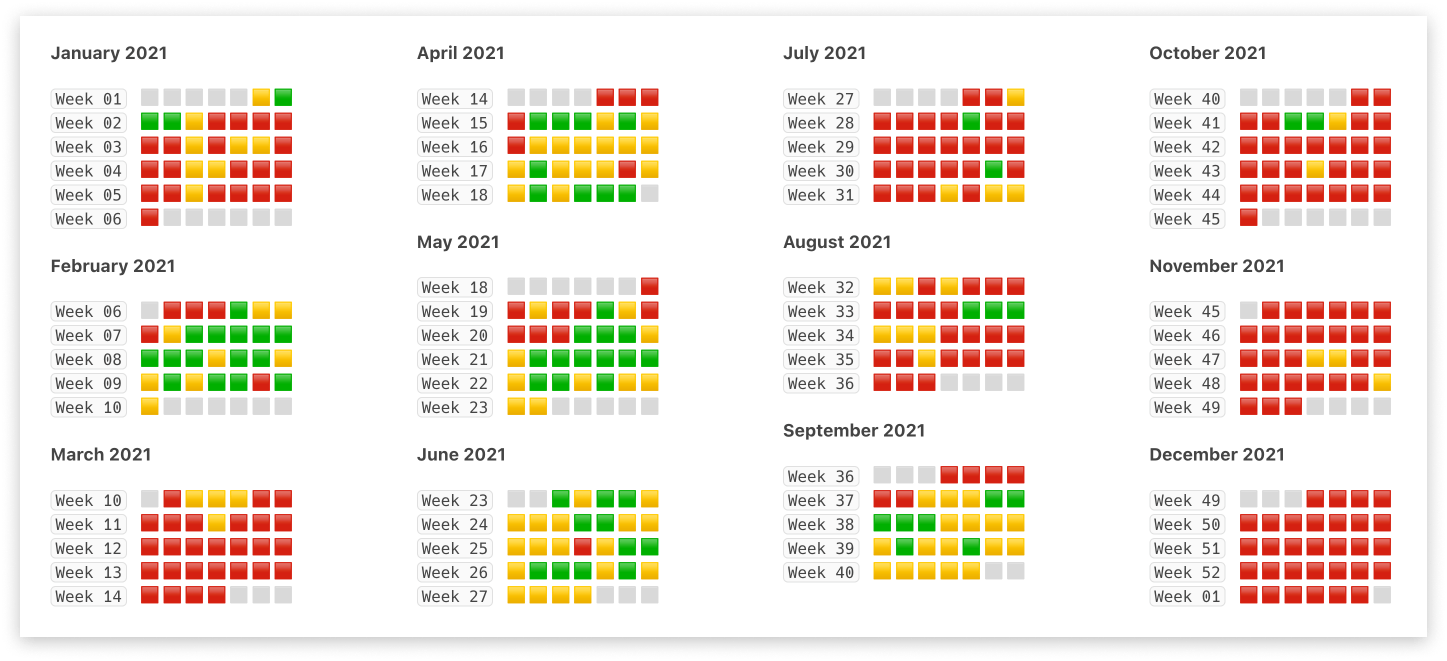Skip to content
Share
Explore

 The Inbox-Zero Challenge: How long can you keep up your streak?
The Inbox-Zero Challenge: How long can you keep up your streak?
The Inbox-Zero Challenge: How long can you keep up your streak?
My guide to achieving and maintaining Inbox Zero.
Start the challenge
It’s not a Wordle!

My personal journey towards Inbox Zero

Get on the scale: An automated solution to put your Inbox Zero measurement on autopilot.

Ready to start the Inbox-Zero Challenge?
Start the challenge
@Justin Hales
Frequently asked questions
to see the comment-enabled version of this doc. Here are a few commonly-asked questions I’ve received from early reviews. @Inbox
Get started → to start your Inbox Zero streak.
Want to print your doc?
This is not the way.
This is not the way.

Try clicking the ⋯ next to your doc name or using a keyboard shortcut (
CtrlP
) instead.